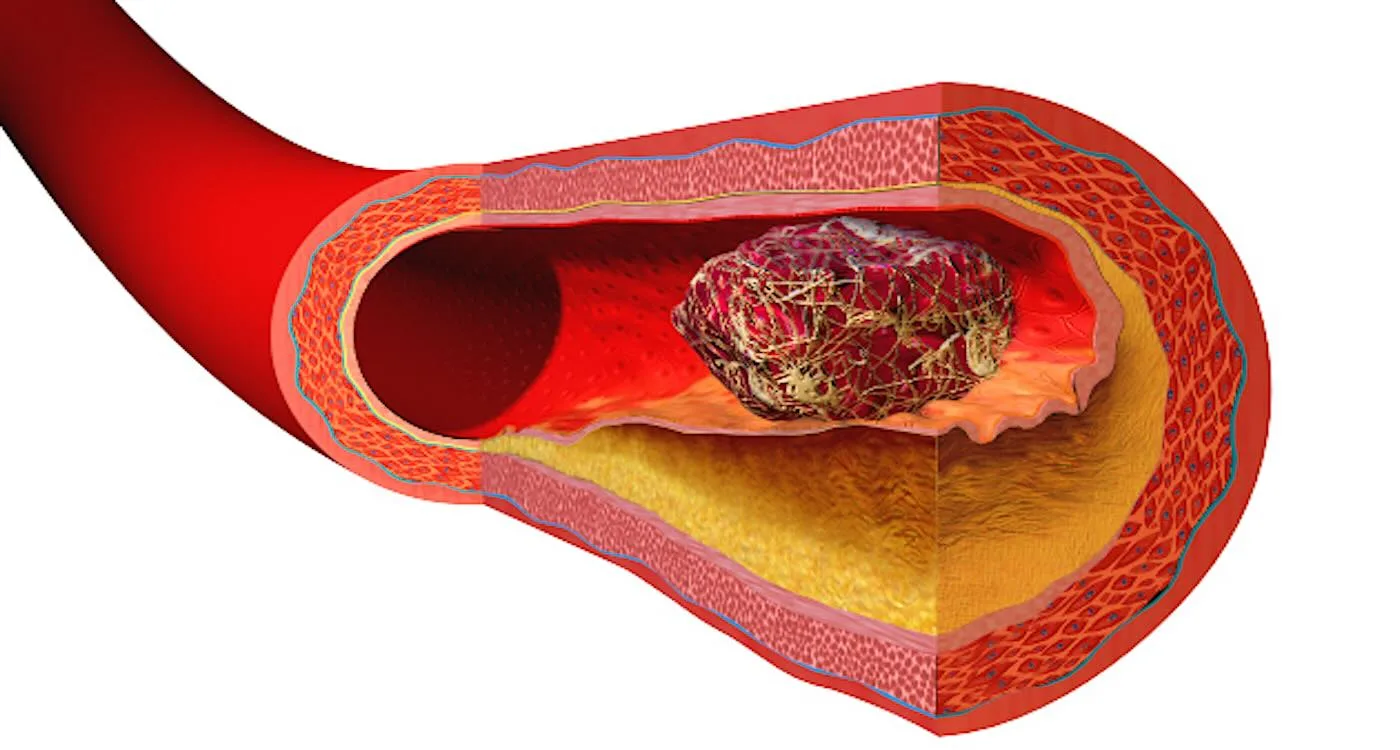AI Revolutionizes Blood Clotting Detection with Non-Invasive Microscopy
In a groundbreaking advancement, scientists are now harnessing the power of artificial intelligence to visualize blood clotting in real-time, offering a non-invasive alternative to traditional methods. This innovative approach utilizes a novel type of microscope, providing unprecedented insights into the complex processes of blood coagulation.
The Power of AI in Medical Imaging
Traditional methods of studying blood clotting often involve invasive procedures, which can be uncomfortable and carry potential risks for patients. This new AI-powered microscopy technique eliminates the need for such interventions, making it a safer and more accessible option.
Key Benefits of AI-Driven Blood Clotting Detection:
- Non-Invasive: Eliminates the need for needles or other invasive procedures.
- Real-Time Visualization: Provides immediate insights into the clotting process.
- Enhanced Accuracy: AI algorithms can identify subtle changes that may be missed by the human eye.
- Improved Patient Comfort: A more comfortable and stress-free experience for patients.
How the Technology Works
The AI-powered microscope works by analyzing high-resolution images of blood vessels. The AI algorithms are trained to identify the early signs of blood clot formation, allowing for timely intervention and potentially preventing serious health complications.
Applications of this Technology:
- Diagnosing and monitoring clotting disorders.
- Evaluating the effectiveness of anticoagulant medications.
- Researching the underlying mechanisms of thrombosis.
Future Implications
This breakthrough has the potential to transform the way blood clotting is diagnosed and treated. By providing a non-invasive and highly accurate method of visualization, this technology could lead to earlier detection, more effective treatments, and improved outcomes for patients at risk of thrombosis.
Final Overview
The integration of artificial intelligence with advanced microscopy is revolutionizing medical diagnostics. This new method for visualizing blood clotting is a significant step forward, offering a safer, more accurate, and more efficient way to understand this critical physiological process. This innovation holds immense promise for improving patient care and advancing our understanding of blood-related disorders.


+ There are no comments
Add yours